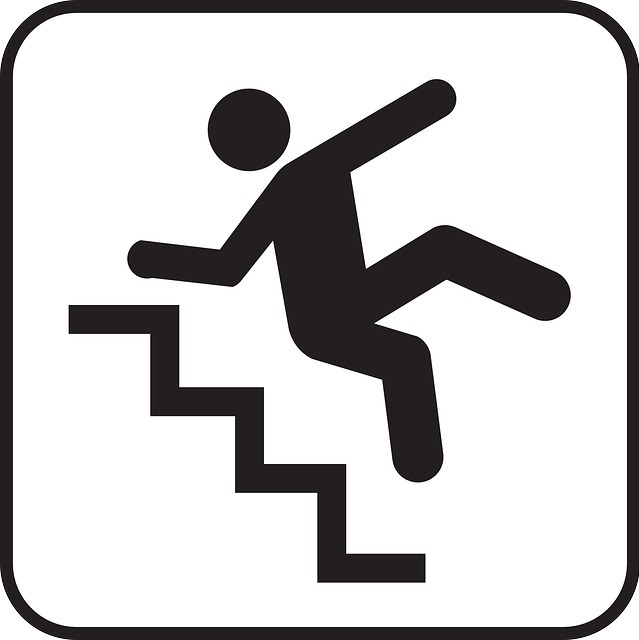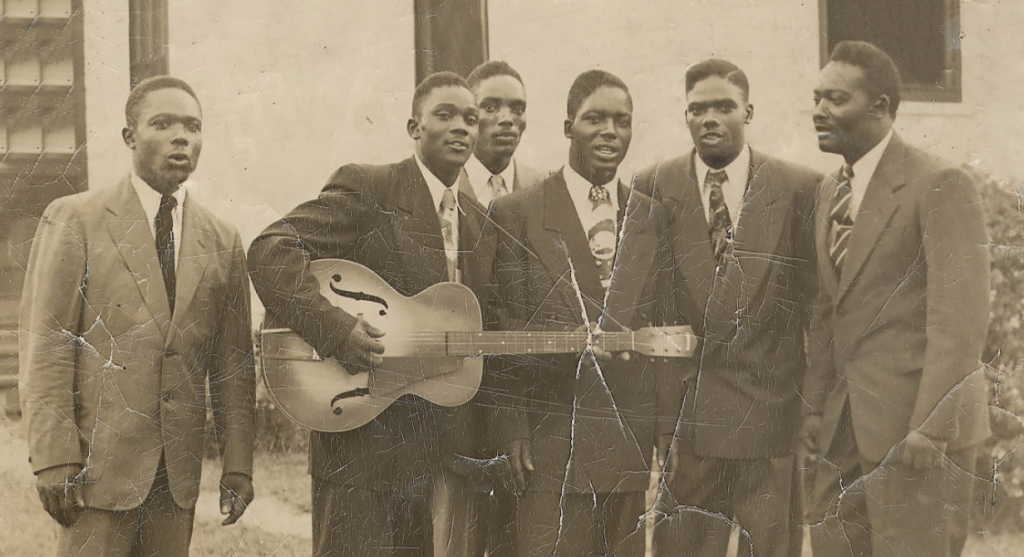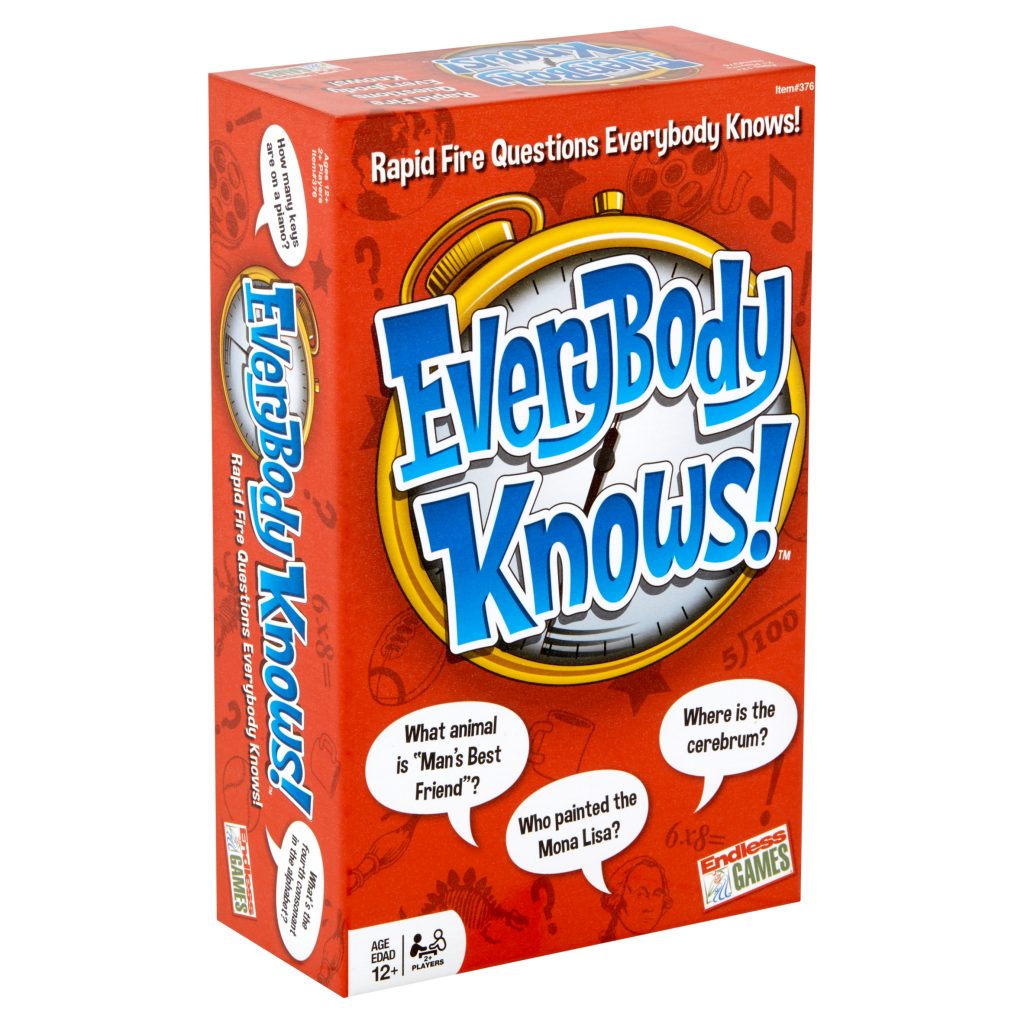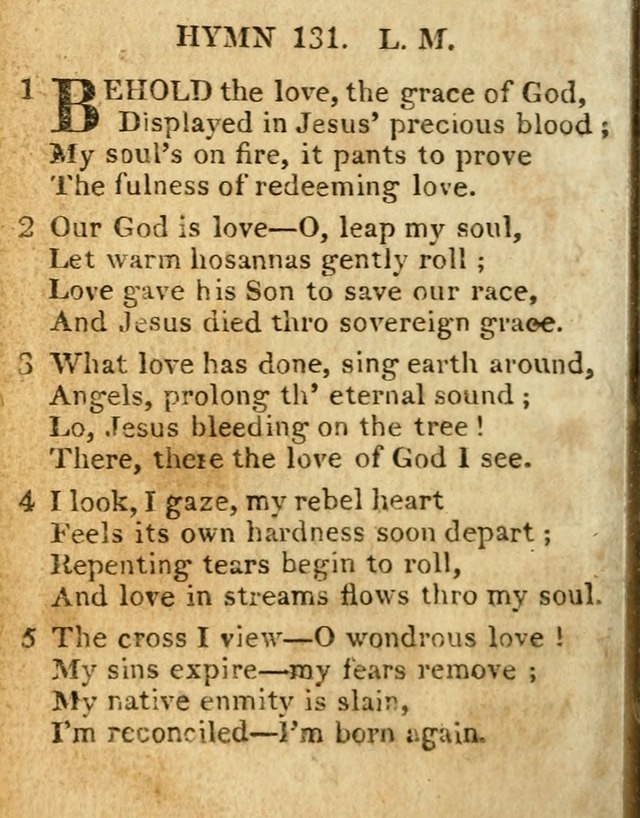Today’s jazz offering is “Slowly.” It is a song about approaching a new relationship cautiously after being hurt in love. Of course, what do I have to say on this subject that hasn’t been said more eloquently and succinctly by the bards of Great White?: “My, my, my, I’m once bitten twice shy baby.” (Actually, I just listened to Great White’s song again. It’s horrible.)

The recording was rendered almost unusable by background noise. For some reason, everyone in the bar came over to talk to us during the few minutes that the new song premiered. I should have discarded the recording entirely, except part of the background noise is the restaurant owner saying “This is perfection!” and comparing it to “Days of Wine and Roses.”
Some day I’ll record this song with a first-rate crooner and full orchestra. Until then, the Scheer Bliss Trio at Euro Bistro will have to suffice.










